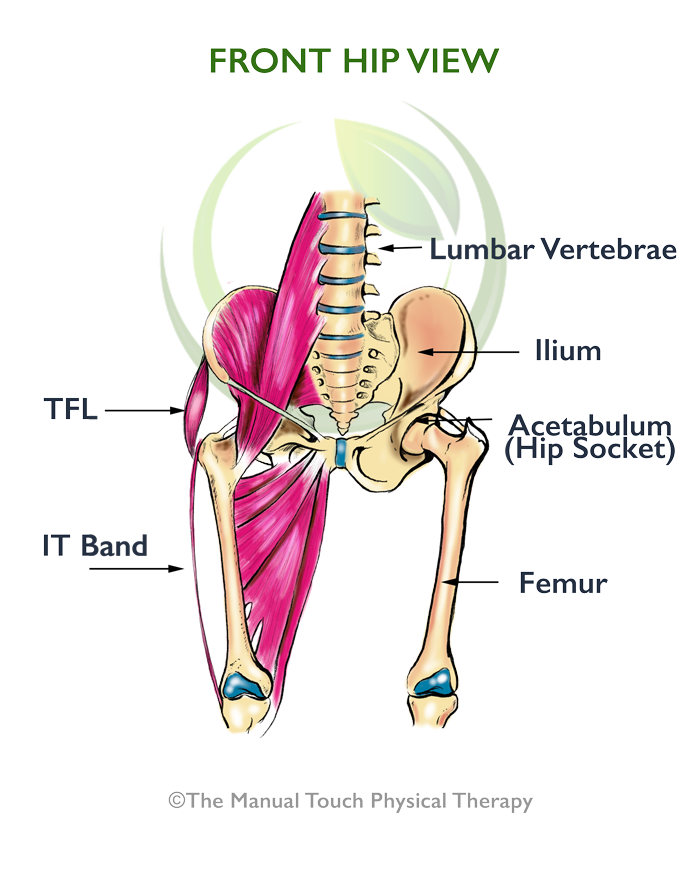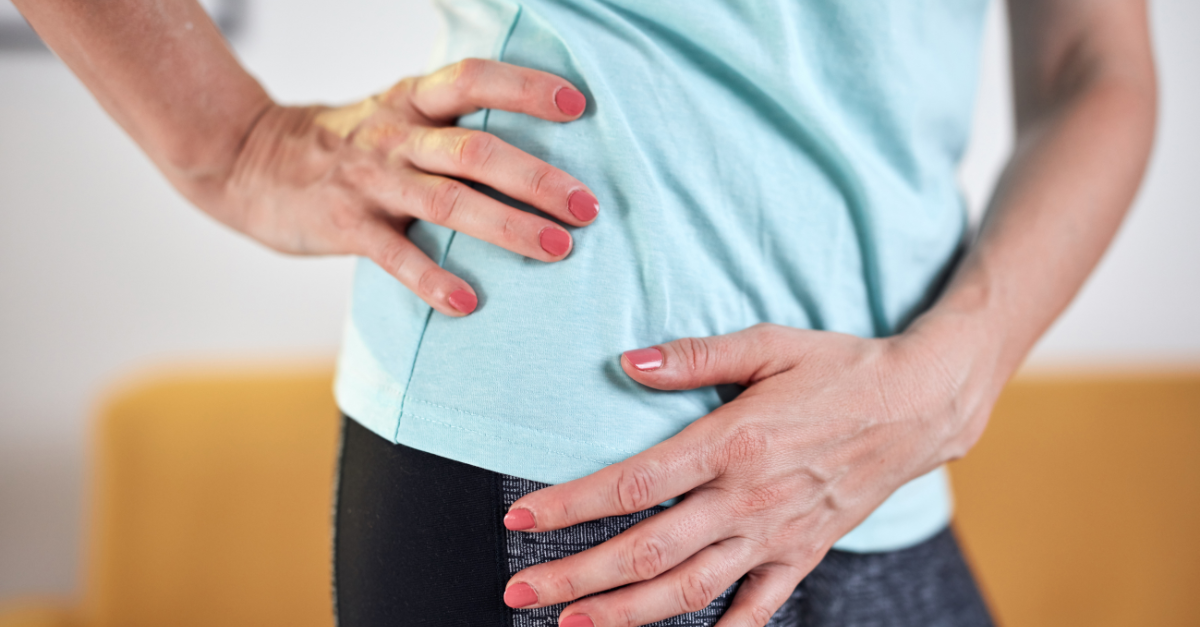Are you tired of dealing with hip pain that limits your mobility and steals away the joys of everyday life?
You’re not alone. Hip pain is a common issue that affects people of all ages and can have a significant impact on our overall well-being Hip pain can be quite debilitating and uncomfortable. Recently, it seems that there is a surge in hip pain because of all the sitting people are doing. It is now more important than ever to keep moving and take care of your hip pain.
Hip pain has many different causes, is very common and your diagnosis depends on your specific symptoms. For a proper diagnosis, you should visit your doctor or a qualified physical therapist who specializes in functional movement.
Imagine your hip joint as the central hub of a well-oiled machine. Like any interconnected system, when one part experiences dysfunction or pain, it affects the entire system’s performance. By understanding the potential causes of hip pain, such as trauma, musculoskeletal issues, or underlying medical conditions, we gain insight into how to address it effectively. When it comes to managing and treating hip pain, physical therapy is a game-changer.
A skilled physical therapist will assess your condition, taking into account your unique story and experiences. Together, you’ll create a personalized treatment plan that targets the root cause of your pain. Through a combination of manual therapy, therapeutic exercises, and modalities like heat or cold therapy, they will guide you towards healing and pain relief. Picture your physical therapist as a detective, piecing together the puzzle of your hip pain to help you find lasting solutions.
Regardless of the cause of your pain, there are a few basic things you can do at home to alleviate your discomfort.
1 – Move Mindfully Throughout Your Day
Recently, two women came to see me with hip pain. Both women had recently taken long walks with their partners who were much taller than them. In order to keep up with their taller partner, these women walked faster and took larger strides than they normally would thus aggravating their hip pain. Both women were given exercises to strengthen their hips and instruction on how to mindfully walk within their limits, shorter stride length, higher step rate per minute, and pace. Both women’s hip pain are now resolved.
Simply being aware or mindful of your everyday movements can be very helpful in relieving hip pain. The way you walk, take the stairs, bend over, stand up or sit down can all contribute to your pain if you’re not moving properly.
A big reason people see Physical therapists for hip pain is that they are movement experts that educate patients on how to bring awareness and proper movement to everyday activities. I recently compiled all of my best tips in this eBook: Mindful Tips for Pain-Free Daily Movement. It’s free to download and is full of simple and practical advice that you can put into practice right away. Click here to get the guide.
2 – Managing Hip Pain At Home
There are several things you can do, at home, to alleviate your hip pain. If you have a foam roller or hand massage ball, you can gently roll your TFL and IT band.

You can also go see a massage therapist and have him or her work on your hips. If you do go see a massage therapist, just remember to monitor the intensity and let the therapist know if it hurts. You are in charge of your body!
Icing or heating the sore area and taking over the counter pain medication like Tylenol or Ibuprofen is also helpful for temporary relief.
3 – Gentle Hip Pain Exercises
Gentle exercise like yoga and tai chi can be very helpful in relieving hip pain. I also recommend these basic exercises to all of my patients with hip pain:
- Bridging – lie on your back, knees bent with a band around your thighs, pull out on band slightly and maintain throughout the exercise, then lift your hips up/down
- Clamshells – lie on your side, hips and knees bent, band around thighs, then open and close your top leg keeping your feet together
- Side step ups – step up sideways on a stair or small step, keep your knee straight ahead
- Sidestep around the house
- Advanced: sidestep with a band around your ankles, keep steps small with constant tension on band and feet pointing straight ahead
- Do some squats (watch this video)
- Stand on one leg throughout the day
- Stand on one leg (hold onto a counter lightly if needed)
- Raise other leg out to the side
- Bring other leg across
- Raise other leg behind
Do the first 3 exercises at least 3-4 times per week and the others throughout your day, everyday.
4 – Hip mobility exercises
Often hip pain is related to tight hips or tightness elsewhere in the body such as your back or ankles. Getting out of your chair every hour for at least a few minutes can make a world of difference. You could simply walk around the house and/or do some of the following exercises:
The set up for each of these hip mobility exercises are the same: stand with your feet shoulder width apart, hands on hips, chest down, shift your weight forward towards toes (see video), and look straight ahead. These exercises will mobilize your ankles, your hips/pelvis, and your neck which will allow your feet to work with your core and ultimately with better hip/pelvic mobility you will stop overusing your back when moving.
- Hip hinging forward/back – Watch video
- Shift hips side to side – Watch video
- Rotate pelvis right and left – Watch video
I hope these 4 tips for managing hip pain are helpful! Please contact us if you are in pain; we’d be happy to help.







Leave a Reply